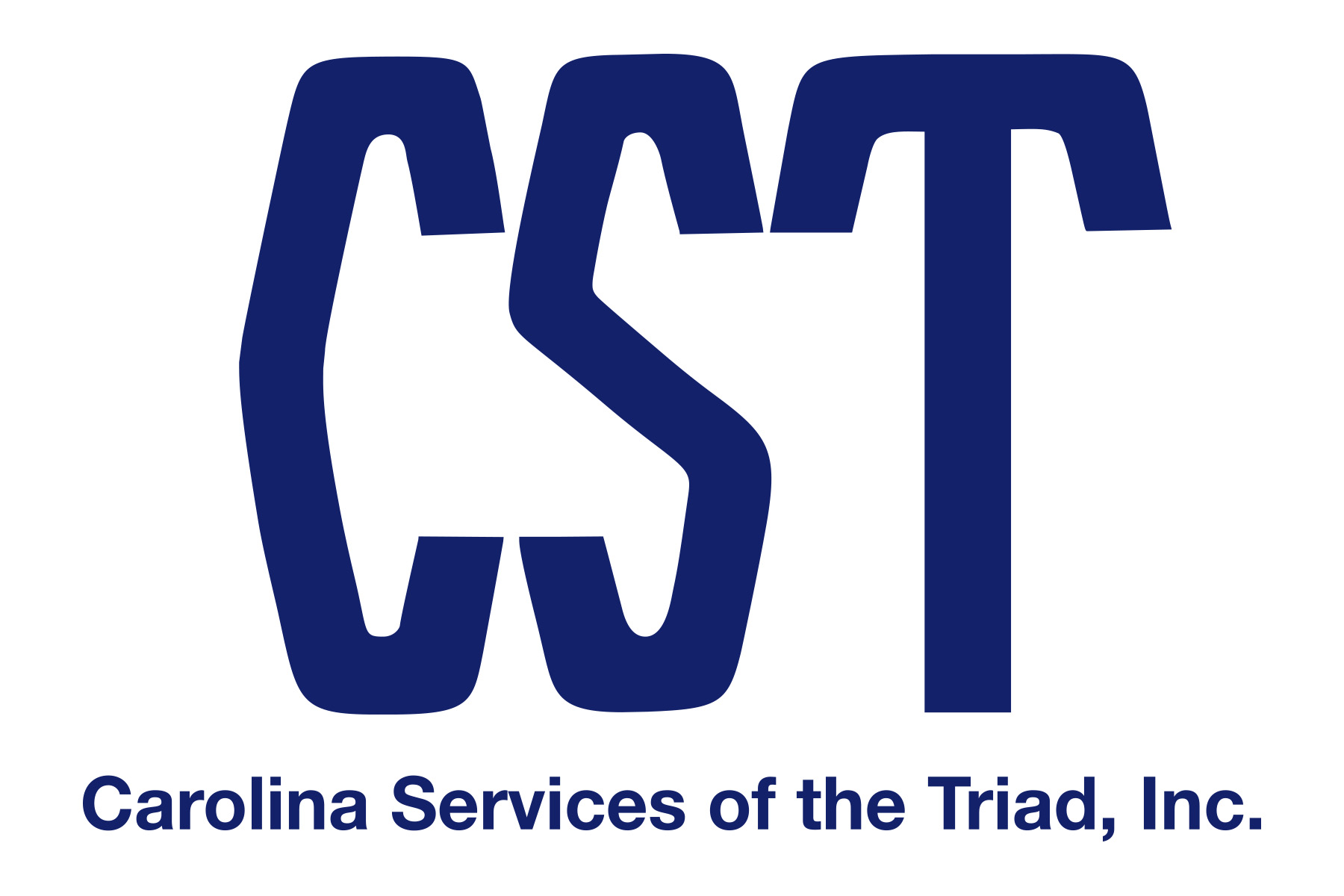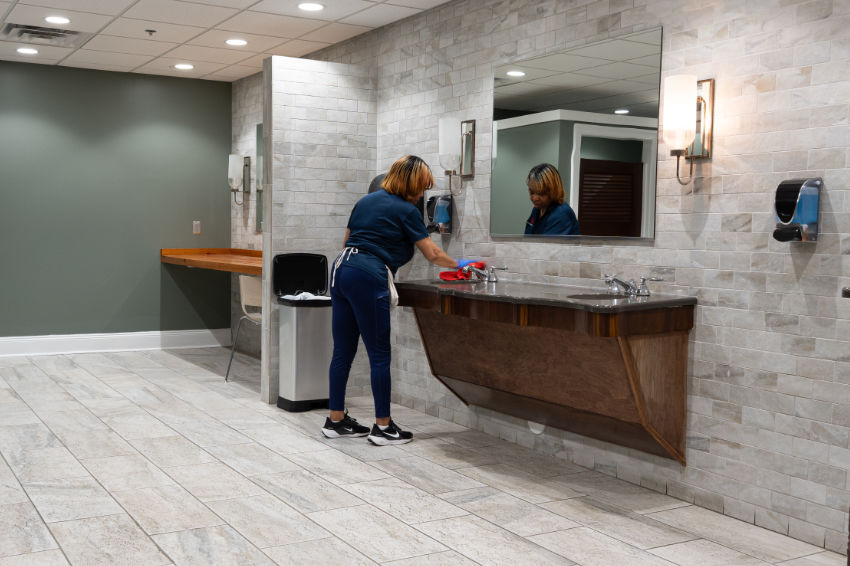Janitorial crews probably aren’t the first thing that comes to mind when you think emergency response. After the immediate danger passes, though, any affected public space requires specific steps to ensure it’s functional and safe for use again.
That’s often down to janitorial teams. Cleaners trained in post-emergency protocols are more common these days, but it’s still not a standard. Your choice in cleaning crews greatly benefits from considering this type of experience.
Especially if your facility is a school, a busy office space, or a shipping/industrial warehouse.
Emergency Scenarios Where Janitorial Support Is Critical
Whether it’s a school, an office, or a warehouse, each facility type faces unique risks that require fast, professional cleaning to restore safety and function.
Here are some of the most common situations where CST’s post-emergency response makes a real impact:
Power outages and re-openings →
If your facility has been offline for hours or days, dust, pests, or musty conditions may accumulate. Before reopening, a professional cleaning ensures air quality and removes unpleasant odors.
Water leaks and flooding →
From burst pipes in school restrooms to leaking HVAC systems in warehouses, standing water can quickly become a structural and health hazard. CST crews respond quickly with water extraction, drying, and disinfecting — helping you avoid mold, damaged flooring, or shutdowns.
Viral outbreaks or confirmed illness cases →
Schools and offices are especially vulnerable to the spread of flu, COVID-19, and other airborne illnesses. Our team uses hospital-grade disinfectants and electrostatic sprayers to sanitize classrooms, desks, break rooms, and shared workspaces — targeting high-touch surfaces and helping reduce absenteeism. This makes life easier for HR teams who are already managing benefits, and possibly mitigating staffing challenges and absenteeism.
Sewage backups or biohazard incidents →
These are more common than you’d think in older school buildings or industrial bathrooms. CST’s trained crews follow OSHA and blood-borne pathogen protocols to safely clean and disinfect affected areas without exposing others.
Storm debris and exterior safety hazards →
After severe weather, warehouses and offices may deal with downed limbs, broken glass, or water intrusion at entry points. CST can rapidly clear debris, clean up mud and track-in, and restore clean access.
How Training Makes The Difference
At CST, our teams are trained not just in cleaning, but in protocols designed for health and safety compliance. That includes:
- Blood-borne pathogen handling
- OSHA safety standards
- Proper PPE usage
- Use of EPA-registered disinfectants
- Electrostatic and low-moisture equipment techniques
These absolute requirements in environments where the consequences of poor cleanup are high. The practical impact of declaring a space safe and then accidentally exposing groups of people to illness speaks for itself. But the reputational hit is longer-reaching.
Medical facilities, for instance, have noted significant reductions in pathogens after employing enhanced cleaning techniques (versus a more routine cleaning). The difference wasn’t a subtle one that checked a feel-good box and little else. Bacteria on high-touch areas was further reduced by 39% in these cases.
With a professional response team like CST, you get:
- The peace of mind that the job was done right — not just rushed
- Fast mobilization and clear communication with facility leaders
- Site-specific protocols (classrooms, warehouse floor lines, office HVAC zones, etc.)
- Discretion and professionalism, especially when staff or clients are nearby
Creating An Emergency Janitorial Plan
Emergencies rarely give you time to think, which is why the best time to plan for cleaning support is beforehand.
At CST, we work with clients across the Piedmont Triad to build cleaning strategies that include:
- Contact protocols for urgent or after-hours situations
- Priority cleaning zones (restrooms, break areas, classrooms, etc.)
- Equipment and supplies tailored to each facility type
- Flexibility to scale up quickly when an incident occurs
The goal is to respond in a way that restores safety and gets your operations back on track with minimal disruption.
If you’re not sure where to start, ask yourself:
- Do we have a cleaning team that knows our building and layout already?
- Have we identified which areas must be cleaned first after an emergency?
- Is our janitorial provider trained in OSHA, pathogen safety, and moisture mitigation?
- Do we have a point of contact for rapid mobilization?
If the answer is no, now is the time to put that plan in place.

